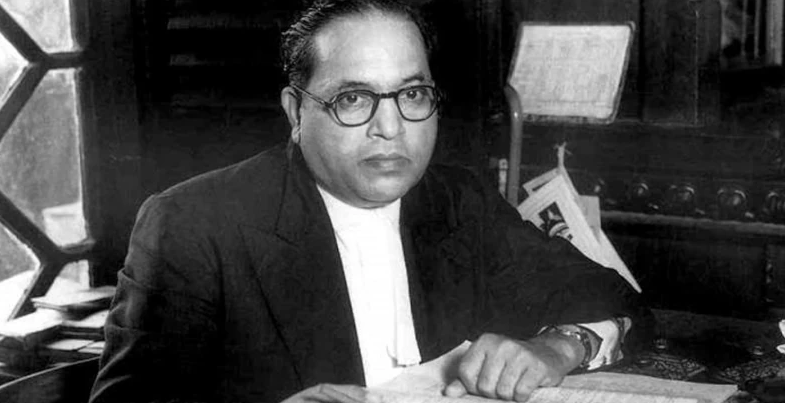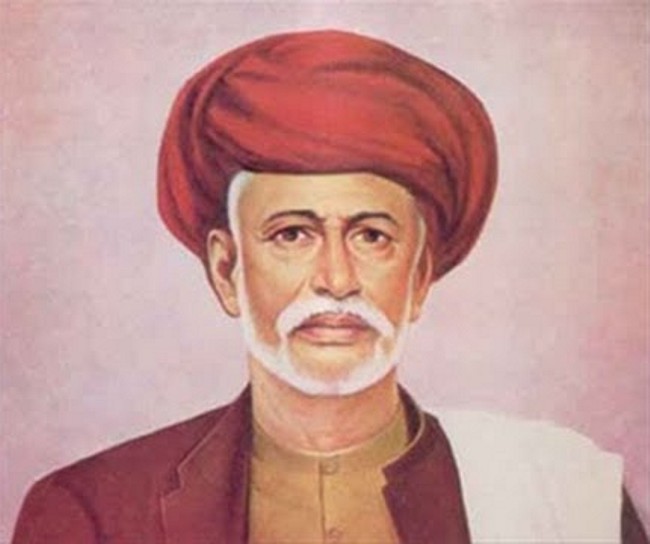
Judicial institutions acknowledge that transparency needs along with public trust have motivated their decision to provide asset disclosure. The system of judicial responsibility in India has operated through self-governing resolutions together with moral standards lacking formal regulatory structures. The new decision gains strength from those advocating for more defined rules regarding judicial conduct.
Context:
-
The Supreme Court of India including its Chief Justice made a significant recent court decision to give asset declarations to the CJI through an optional public website disclosure.
-
The Supreme Court implements this policy during increasing public expectations about judicial transparency along with reports connecting a sitting High Court judge to burned money.
Key Highlights of the Decision:
-
The existing judges of the Supreme Court are expected to present their asset declarations to the Chief Justice of India.
-
This order extends to cover even the position of the Chief Justice himself.
-
During their time in position judges need to inform the court about substantial acquisitions they acquire.
-
Voluntary disclosure of information exists on the Supreme Court website rather than representing an official requirement.
-
A total of 30 judges starting from CJI have already provided their asset declarations to the court administration.
Background and Evolution:
-
Restatement of Values of Judicial Life (1997):
-
Judges should provide voluntary asset declarations to the Chief Justice of India according to the recommendation in the Restatement of Values of Judicial Life (1997).
-
Judges of the High Courts needed to present asset declarations to their corresponding Chief Justices.
-
Judges had to submit their declarations privately through the Chief Justice of India without public disclosure permissions.
-
-
RTI Act (2005) and Judicial Exception:
-
According to section 8(1)(j) of the Act personal information cannot be released to the public unless public benefit surpasses the potential damage.
-
The Supreme Court continues to oppose public disclosure of judicial assets throughout its history.
-
-
Judicial Decisions and Cautions:
-
The SC has established the position that judges should not be required to file asset disclosure documents.
-
Disclosing financial information had to meet the specific test of serving public needs.
-
-
Parliamentary Recommendation (2023):
-
Judges should disclose their assets through mandatory requirements according to the Parliamentary Standing Committee on Law and Justice.
-
The recommended action to disclose judges' assets failed to receive any legislative or administrative implementation.
-
Why This Decision Matters:
-
Promotes Judicial Accountability:
-
Being public servants judges need to demonstrate accountability in their personal behavior to protect public life integrity.
-
-
Restores Public Trust:
-
Judicial organization suffers reduced credibility because transparency remains insufficient. Judicial declarations play a role in rebuilding trust in the public institutions.
-
-
Responds to Public Outrage:
-
The Justice Yashwant Varma case which discovered burned banknotes sparked controversies about hidden influence in court appointments and relocation transfers.
-
-
Aligns Judiciary with Other Branches:
-
Both elected officials and bureaucrats currently need to present details of their assets.
-
Judges who reveal their assets position both judicial institutions at equal levels while making them more accountable to the public.
-
-
Deters Misuse of Office:
-
Public asset declaration serves to discourage corrupt behavior that arises from improper judicial influence and unethical enrichment.
-
International Best Practices in Judicial Asset Declaration and Transparency:
-
United States: All United States judges who serve on the federal level and at the Supreme Court must annually submit their financial information in public reports as specified by the Ethics in Government Act of 1978.
-
Canada: Under the Canadian Conflict-of-Interest Act all judges selected for federal positions must file statements that detail their finances as well as liabilities and existing ownership interests.
-
Australia: The legal system in Australia depends on principles that are not legally binding yet judges make voluntary statements about their financial interests to stay free from conflicts.
Concerns and Limitations:
-
Voluntary Nature of Disclosure:
-
The requirement to disclose assets exists only as an option because judges are free to reject it.
-
The absence of mandatory compliance reduces the capability of decisions to deliver complete transparency.
-
-
No Enforcement Mechanism:
-
The lack of statutory authority prevents both punishment and sanctions against non-compliant or fabricating declaration situations.
-
-
Opaque Transfer System:
-
The process of judicial transfers has no government supervision and the relationship between inspections of assets and transfer approvals lacks procedural requirements.
-
-
RTI Limitations Remain:
-
Although the information has relocated to the SC website citizens cannot freely access it under legal right principles.
-
Way Forward:
-
Make Disclosure Mandatory:
-
Judges should disclose their assets through mandatory annual reports that are established by legislative or administrative bodies.
-
-
Statutory Framework:
-
The government should pass or re-establish legislation that establishes rules for judge conduct disclosure responsibilities.
-
-
Independent Oversight Body:
-
The Judicial Oversight Committee should receive authorization to conduct audits of judicial assets followed by declaration reviews before their public dissemination.
-
-
Codify Ethics in Law:
-
The Restatement of Values of Judicial Life (1997) needs to achieve statutory power through enforceable provisions.
-
-
Publicly Accessible Database:
-
A Supreme Court-monitored public database needs creation as a centralized platform to maintain asset records updated on a regular basis.
-
Conclusion
By accepting voluntary asset disclosures the Supreme Court initiated a vital advance toward making judicial institutions accessible to public evaluation and responsibility measurement. The implementation of mandatory asset disclosure creates transparency since its establishment despite recent judicial scandals. The proper functioning of a transparent judiciary system under the rule of law depends heavily on building lasting public trust in the justice system.



 Telangana Becomes First State to Enforce SC Sub-Categorisation with 2025 Act
Telangana Becomes First State to Enforce SC Sub-Categorisation with 2025 Act Operation Chakra V: Tackling Digital Arrest Cyber Frauds in India
Operation Chakra V: Tackling Digital Arrest Cyber Frauds in India Dr. B.R. Ambedkar’s 135th Jayanti: Legacy of India's Constitution Maker
Dr. B.R. Ambedkar’s 135th Jayanti: Legacy of India's Constitution Maker Naxalmukt Bharat Abhiyan: From Red Zones to Growth Corridors
Naxalmukt Bharat Abhiyan: From Red Zones to Growth Corridors First Panchayat Advancement Index (PAI) Report Released – Gujarat & Telangana Lead
First Panchayat Advancement Index (PAI) Report Released – Gujarat & Telangana Lead Niveshak Didi Initiative Phase 2 Launched to Promote Financial Literacy Among Rural Women
Niveshak Didi Initiative Phase 2 Launched to Promote Financial Literacy Among Rural Women Jyotiba Phule: The Radical Reformer India Still Needs to Learn From
Jyotiba Phule: The Radical Reformer India Still Needs to Learn From World Homoeopathy Day 2025: Celebrating Dr. Samuel Hahnemann's Legacy
World Homoeopathy Day 2025: Celebrating Dr. Samuel Hahnemann's Legacy Tahawwur Rana Extradited to India: What Comes Next in the 26/11 Case?
Tahawwur Rana Extradited to India: What Comes Next in the 26/11 Case? PM Modi Inaugurates Navkar Mahamantra Divas to Promote Jain Ethics Globally
PM Modi Inaugurates Navkar Mahamantra Divas to Promote Jain Ethics Globally






